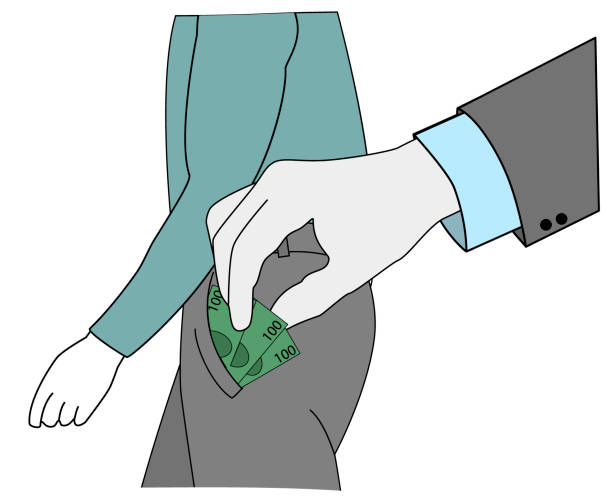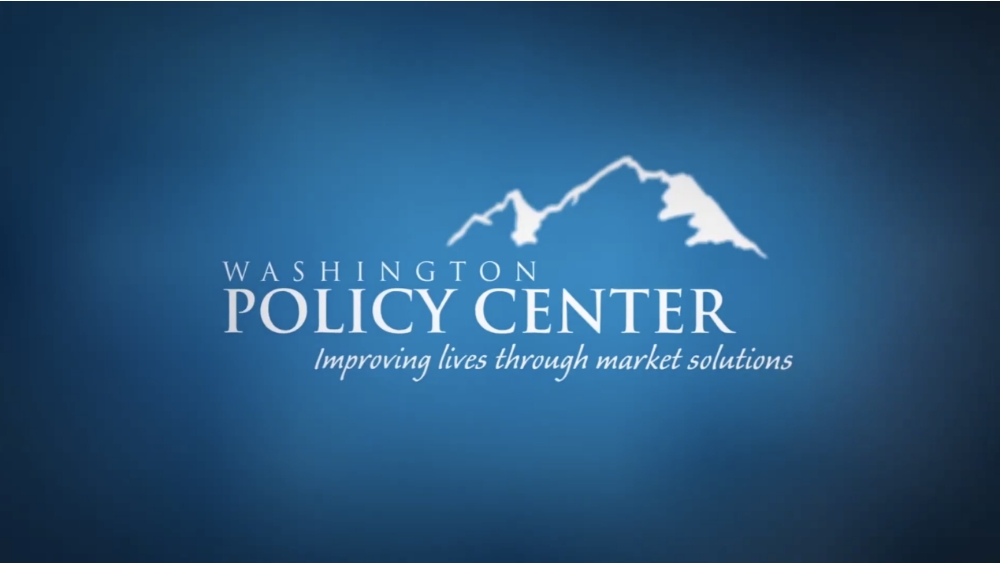When there was discussion about how many self-employed workers would opt into WA Cares, no one had high hopes. After all, people don’t like taxing themselves, and the number of self-employed opt-ins to the state’s Paid Family and Medical Leave (PFML) program was low. Commissioners and lawmakers expected even less interest in WA Cares.
They were right. An extremely small minority of self-employed workers have opted into the WA Cares program. The Employment Security Department told me earlier this month that just 1,475 individuals had. That's despite an aggressive marketing campaign over the last several years that tried to make people see the program through rose-colored glasses.
The opt-in rate is much smaller for WA Cares than it is for PFML, which, as I said, is low. That state program gives workers taxpayer-paid time off to have a child, bond with a baby or meet a medical need for themselves or others. Around 11,000 self-employed individuals have opted into that program. It should be said that PFML is a few years older than WA Cares, and it is seen by some people, especially those in childbearing ages, as advantageous.
Both programs are harmful to workers, especially low-income ones. ESD numbers show that middle- and upper-income people use paid leave far more often than those with lower incomes. In fact, people making $60 or more an hour used the fund nearly twice as much as the lowest wage earners in fiscal year 2024. (See more here.) That was to be expected, as low-income workers usually need all their wages, not a lower replacement wage that the program provides, to get by. It is one of the reasons the program should never have been implemented.
WA Cares won’t start granting benefits to most workers who pay in until 2033, 10 years after the payroll tax for the program began. Even then, only some workers will qualify. As with PFML, wages of low-income workers will often provide a benefit for people with higher incomes, even though those low-income workers have a variety of needs that could be helped by being able to keep more of their wages.
I had a hard time believing anyone would opt to participate in the WA Cares program, especially as so many tried to get out. Why would anyone choose to give away wages for a benefit they might not need or qualify for, that they could receive if in need through Medicaid without an extra payroll tax for all their working years and that will often go to people with more resources and income and no need for taxpayer dependency?
A self-employed mental health therapist recently reached out and told me why she did when she recently started her business: When signing up for PFML, she thought PFML and WA Cares were one in the same. Now she’s reaching out to everyone she can think of to help relieve her of back WA Cares tax payments and eventual tax penalties she can’t afford.
“I didn't know WA Cares was a separate long-term care program with its own rules and effects of opting in. Had I fully understood, I would not have enrolled,” she said. She doesn’t see the value of WA Cares but finds herself “locked in,” with no option to withdraw.
She is locked in. WA Cares is mandatory for W2 workers, taking 58 cents of every $100 for now. (That amount could increase over time.) When self-employed workers opt in, they cannot change their mind, even if they are to receive zero benefit in the future, lacking the number of years required for eligibility.
“As a small business owner,” she said, “every dollar counts, and this tax is draining resources I need to keep serving my clients and my community.”
She offered to start payments for what she already owes and was told that interest may accrue, worsening the situation. She is finding out now when and how penalties will be added to her bill.
She is seeking a way out, which I doubt will happen, or a freeze on penalties, which I think may be possible since lawmakers didn’t adopt a penalty system until recently to go into effect in 2027. Most importantly for other self-employed workers, she wants clearer communication from state workers. ESD is receptive to the advice, telling her, “We’ll continue to work with our operational, product and communication teams to ensure our materials and processes clearly distinguish the two programs.”
That’s the right answer.
Program review
WA Cares promises to give some workers a $36,500 benefit to use on state-approved long-term care services one day, should they need them, in exchange for having paid the WA Cares payroll tax during all their working years (with 10 being the minimum, for most people).
The numbers might work out for some, given their incomes and a lot of "ifs:" if they have the right number of working years ahead of them, if they unfortunately need long-term care and if the benefits don’t decrease or the tax increase. (They could.)
That is too many “ifs” for a lot of people, and it is part of the reason that when given a small, unintentional window to opt out of the program, nearly 500,000 did. To receive the tax exemption, a person needed to attest to having private long-term care insurance.
I assume adverse selection is playing a factor in the voluntary self-employed enrollment for both programs. If expecting to start a family or caregiving often, PFML could look pretty good. Although, it is costing workers more and more of their paychecks. When the program began, the tax rate was 0.40%. It’s now 0.92%. And the tax rate is not expected to decline with continual increases in its use. Lawmakers call PFML “popular.” Some workers who will never use PFML call it wage theft.
Similarly, if you think you’ll need LTC someday, WA Cares can sound good. But that only lasts until you start researching LTC costs, looking into other investment options, learning about Medicaid-gaming or considering situations in which low-income workers should be able to keep more of their wages for needs they have today.
Forcing workers to create savings accounts that may never be for them and that cover only two need areas — at the expense of their other needs — is bad policy. Good policy involves personal responsibility, choice and safety nets for people in need — not safety nets for those not in need. These payroll-tax programs being sold as helping working Washingtonians are hurting other working Washingtonians.






